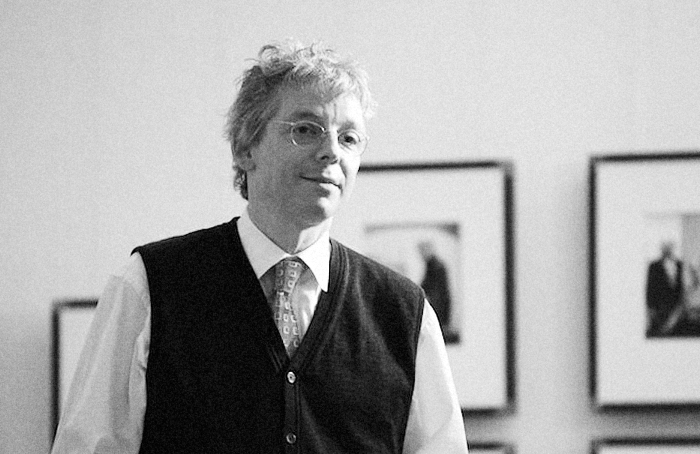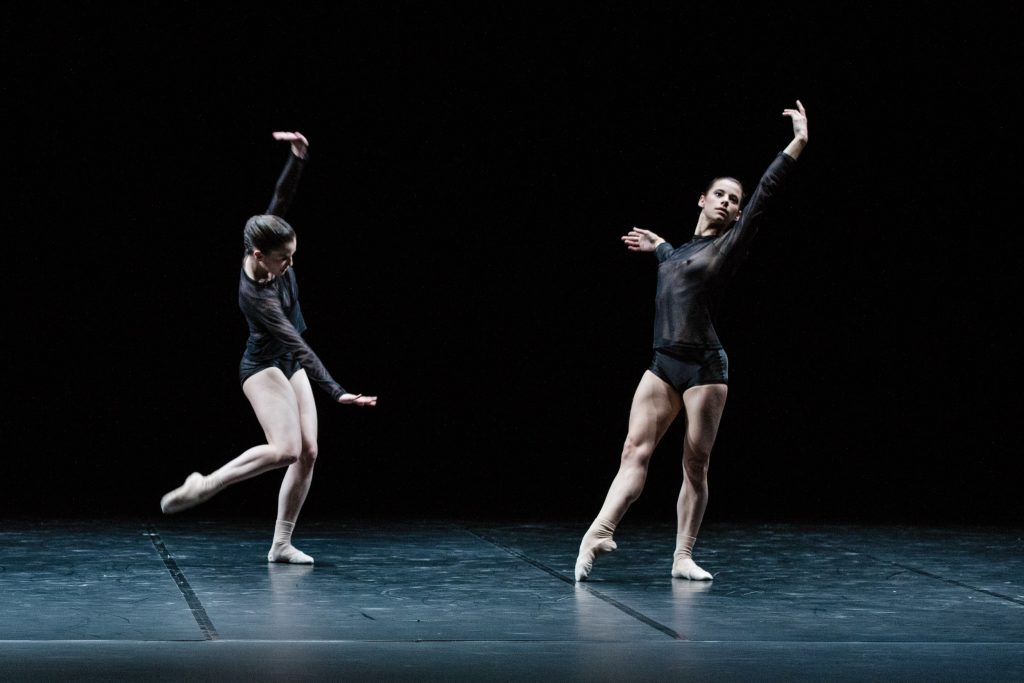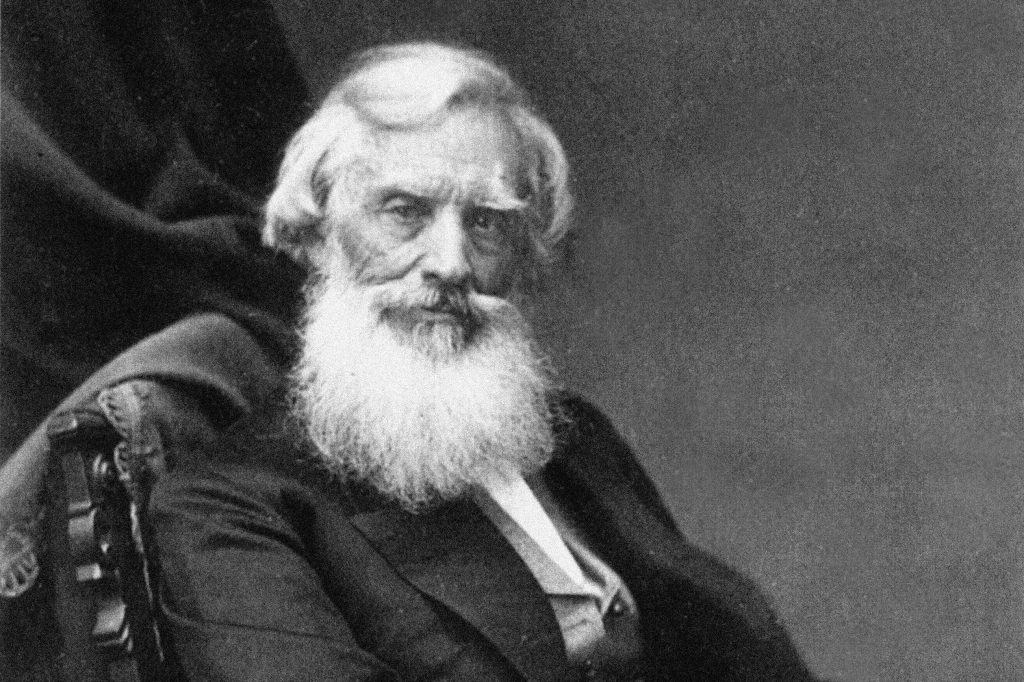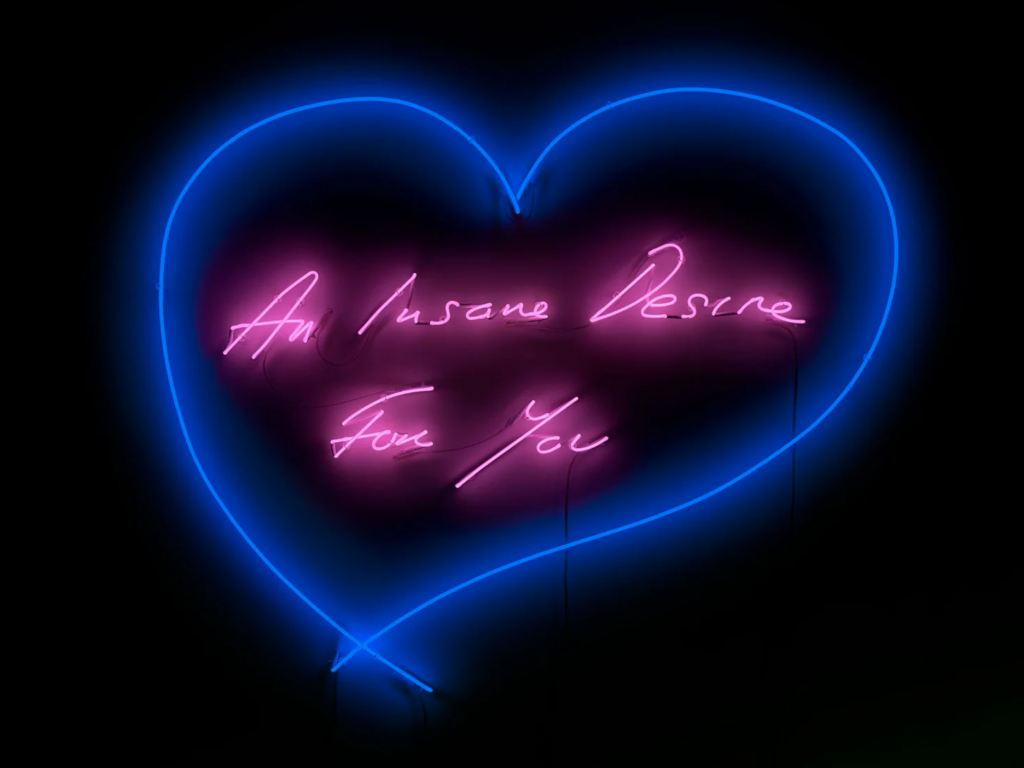A simple shot to immortalise a life, a concept, a feeling and give it immortality. Is this WOWE‘s goal or is there much more?
By using light, he manages to reveal what is veiled at first glance, to us beginners: Truth. It is nothing other than the very essence of a life composed of individual moments, it is the beginning of a series of thoughts, it is the impulse of a series of feelings.

Focused straight on the target, in a composed and authoritative stance. British architect and designer Norman Foster presents himself to us perfectly integrated into an environment that evokes his genius. The geometric rigor, characteristic of all his work, is the undisputed protagonist of this photograph: perpendicular and horizontal lines weave through the glass behind him; the desk, resembling a mechanical structure, is supported by four oblique legs that interrupt the background woven with perfect rectangles. When thinking of some of his famous creations, such as the Commerzbank Tower, London City Hall, and the Millennium Bridge, one will notice how in his projects, he always seeks to pursue and elaborate on the simplicity of the line. Whether it’s oblique, horizontal, or perpendicular, the line represents the origin of every other geometric shape and imaginable space. It is the starting point and reference for all his work; therefore, it’s no coincidence that the line is also an absolute protagonist in this 1992 photograph. Through this shot, WOWE has not only succeeded in immortalizing one of the greatest contemporary architects but has also revealed the essence and rigorous creativity of his work.
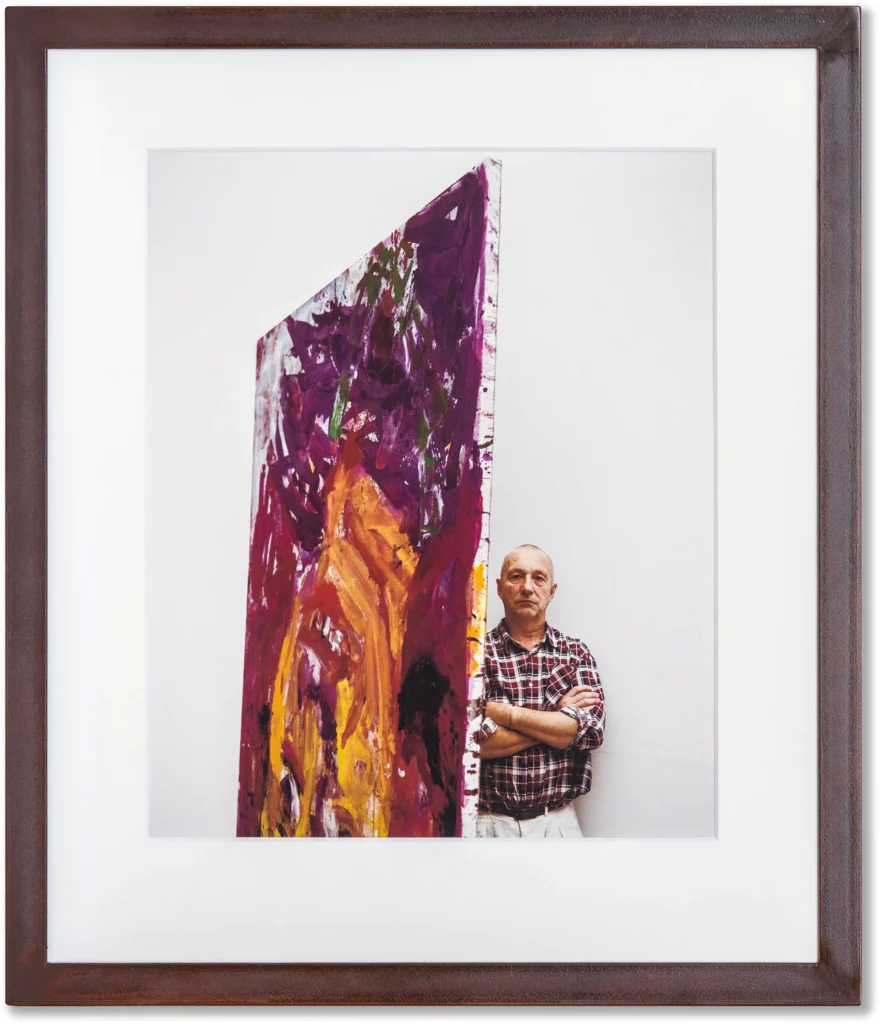
The concepts of disintegration of order and the breaking of pre-established perfection represent the cornerstone of the production of the German artist and sculptor Georg Baselitz. Born in Kamenz in 1938, the artist grew up in a country – Germany – devastated by war, corroded by its own past, disillusioned by the order and power of what had once been. This context had a significant influence on Baselitz’s life and production: through his art, he managed to give expression, shape, and color to a chaos that had disrupted the order and taken its place. This concept finds concrete expression in his portraits, which (like the one depicted here) share the common characteristic of being upside down. This allows the viewer to appreciate the work not so much for the subject it represents but for the active role they are called upon to play, engaging in the reconstruction of no longer immediate perceptions. In this 1996 photograph, the artist stands behind the canvas with folded arms, a fixed and serious gaze, allowing the artwork to present itself. The order is inverted, and it is up to the viewer to choose where to begin the analysis: from the artist to the artwork or, breaking with convention, from the artwork to the artist’s creativity.
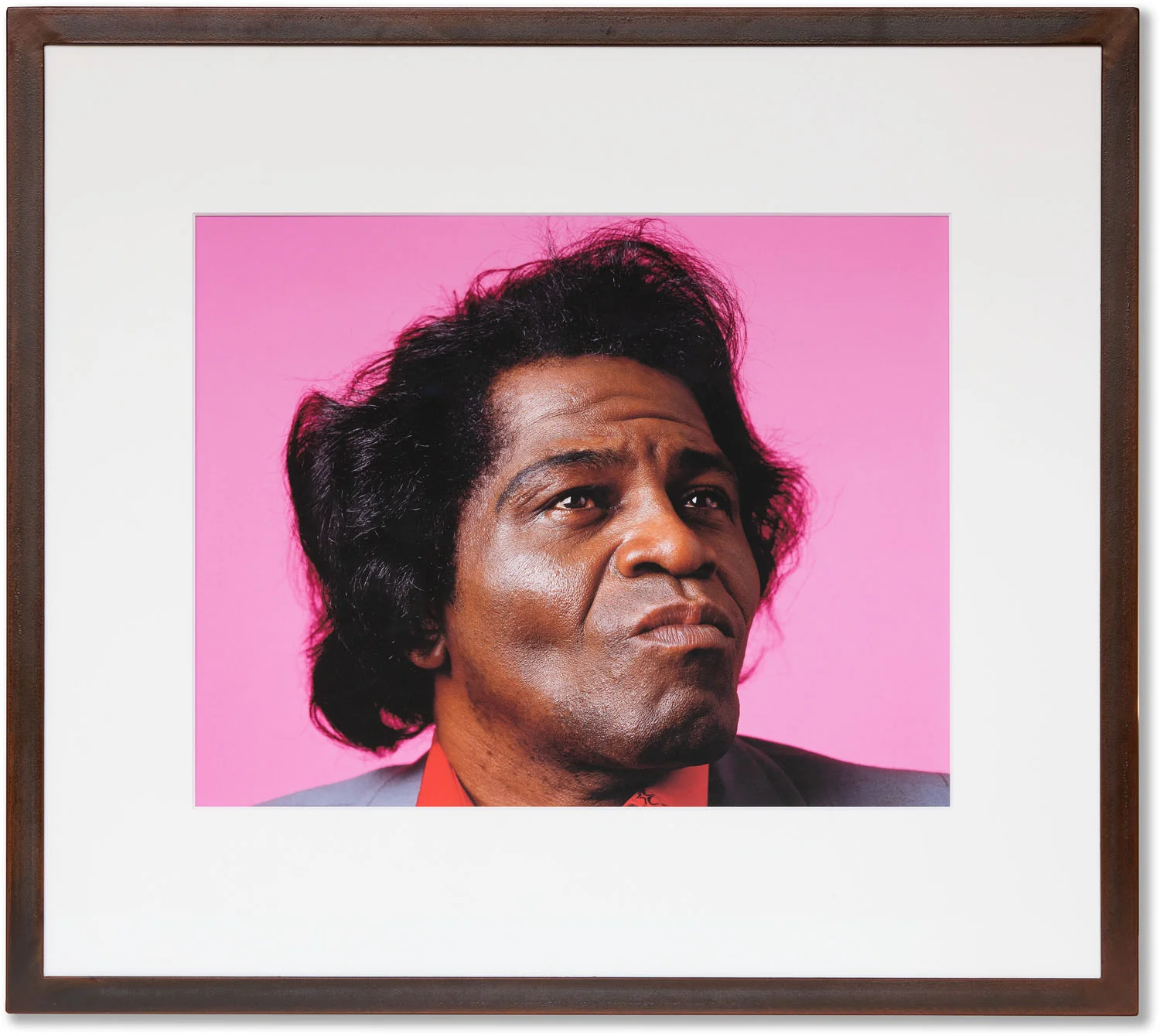
A close-up of the gaze of a twentieth-century icon. James Brown needs no introduction; his merit, talent, and passion have influenced, accompanied, and raised entire generations. WOWE is well aware of this: it knows that a strong personality does not need accessories, and it knows that the best subject is always the most genuine, transparent, and accessible. The singer does not look at the camera but is absorbed, gazing at the sky, almost symbolizing a journey – his – that has taken him from the cotton fields of Georgia through the world’s most important stages, making him one of the greatest artists in history. But the intensity of this gaze, emphasized by the colors that compose the shot, conveys much more: passion, dedication, and a lifetime devoted to music. Through his songs, James Brown has opened up new worlds, new places for anyone who can appreciate them, to finally feel understood and, above all, accompanied along the journey of life, which without music would appear in black and white.
The power of photography lies precisely in this: the ability to capture a moment of life. This single moment, more than a thousand words, reveals new worlds made up of people, encounters, places, and emotions. A single shot can make us penetrate even the most private realities, those that, if glanced at quickly and without paying the right attention, seem inaccessible. Through the eyes of those who not only look but can also see, we access the essence of a life, share its desires, joys, and fears, but above all, find what we were searching for: a reflection of ourselves.

